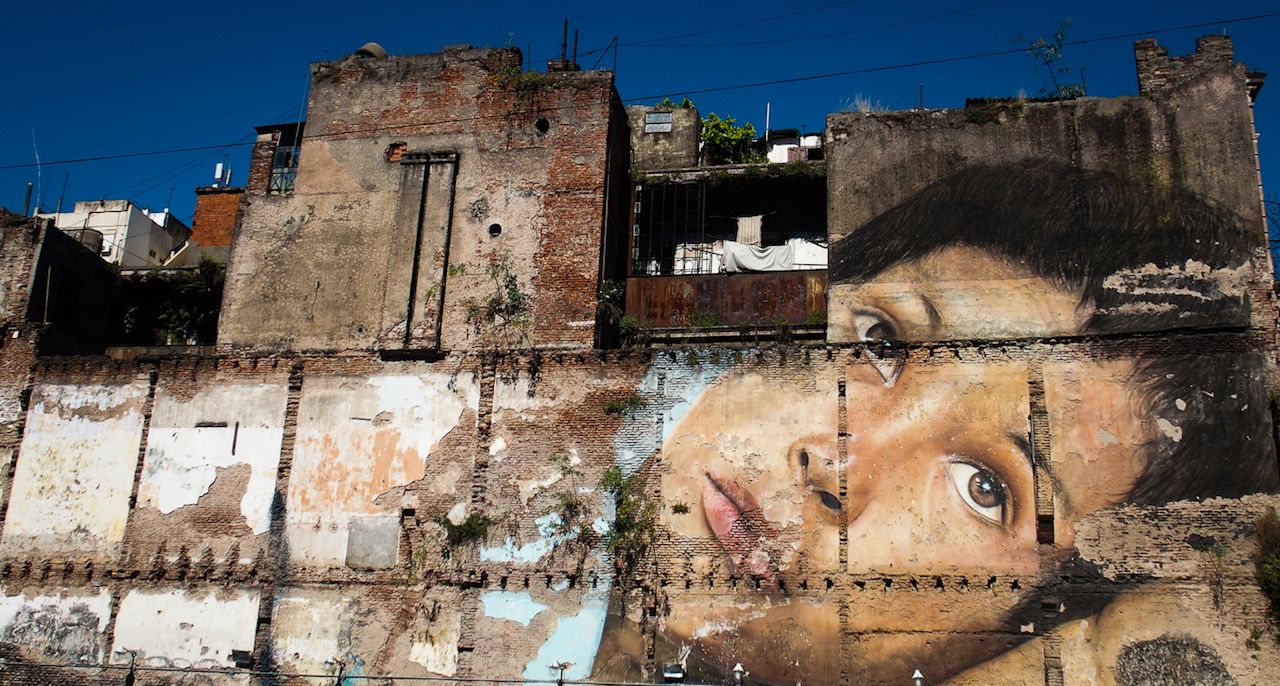Let’s get the bad news out of the way first: in the past couple of years, massive inflation and the falling value of the peso has turned Buenos Aires into one of the most expensive cities in Latin America. In addition to that, foreigners can no longer rely on the generous dólar azul (“blue dollar”) black market exchange rate since the currency restrictions were lifted in late 2015.
And the good news? You can still have a great time in Buenos Aires without going bust. While peso-pinching might take some getting used to, it is also a good reason to steer clear of the obvious tourist traps, get creative, and immerse yourself in the local culture.



